Premium Only Content
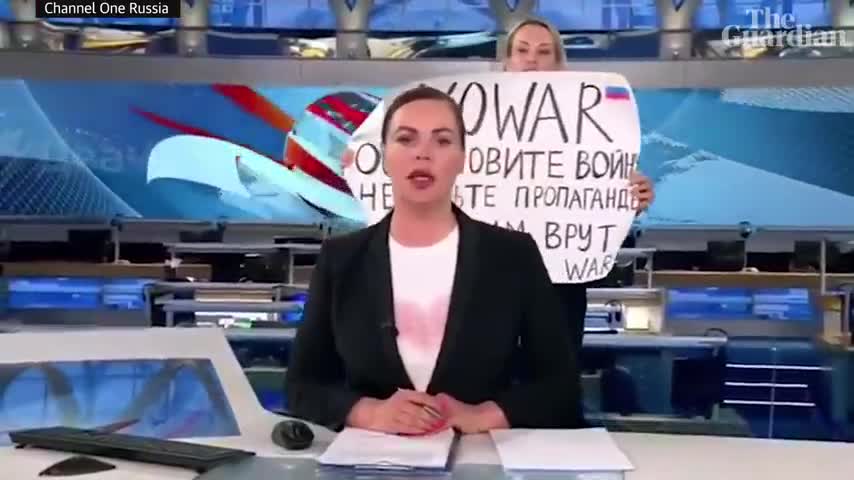
See what Russia did after this new breakout..
When Vladimir Putin shattered the peace in Europe by unleashing war on a democracy of 44 million people, his justification was that modern, Western-leaning Ukraine was a constant threat and Russia could not feel "safe, develop and exist".
But after weeks of bombardment, thousands of deaths and an exodus of millions of refugees, the question remains: what is his war aim and is there a way out?
What does Putin want?
The goals he set at the start of Russia's invasion appear to have been watered down during the course of a war that he assumed would be swiftly won. He could not even admit it was an invasion or a war, preferring the fiction of a "special military operation".
But what is clear is that he sees this as a pivotal moment in Russian history. "Russia's future and its future place in the world are at stake," says foreign intelligence chief Sergei Naryshkin.
The Russian leader's initial aim was to overrun Ukraine and depose its government, ending for good its desire to join the Western defensive alliance Nato.
He told the Russian people his goal was to "demilitarise and de-Nazify Ukraine", to protect people subjected to what he called eight years of bullying and genocide by Ukraine's government. "It is not our plan to occupy the Ukrainian territory. We do not intend to impose anything on anyone by force," he insisted.
But there were no Nazis and no genocide, and Russia has imposed brutal force on dozens of towns and cities and united Ukrainians in opposition to its occupation.
The bombardment continues - but latest reports from peace talks suggest Russia is no longer seeking to overthrow the government and is instead aiming for a neutral Ukraine.
Since Ukraine achieved independence in 1991, as the Soviet Union collapsed, it has gradually veered to the West - both the EU and Nato.
Russia's leader aims to reverse that, seeing the fall of the Soviet Union as the "disintegration of historical Russia".
He has claimed Russians and Ukrainians are one people. "Ukraine never had a tradition of genuine statehood," he asserted, denying Ukraine its history.
In 2013 he pressed Ukraine's pro-Russian leader, Viktor Yanukovych, not to sign a deal with the European Union, prompting protests that ultimately ousted the Ukrainian in February 2014.
Russia retaliated in 2014 by seizing Ukraine's southern region of Crimea and triggering a rebellion in the east, backing separatists who have fought Ukrainian forces in an eight-year war that has claimed 14,000 lives.
There was a ceasefire, and a 2015 Minsk peace deal that was never implemented. Just before his invasion, President Putin tore up the peace agreement and recognised two Russian-backed statelets as independent from Ukraine.
As he sent in the troops, he accused Nato of threatening "our historic future as a nation", claiming without foundation that Nato countries wanted to bring war to Crimea.
Is there a way out of this war?
Ukrainian presidential adviser Mykhailo Podolyak believes a ceasefire could start in the coming days because Russian forces are stuck in their current positions.
Both sides have spoken positively of progress in negotiations, and Mr Podolyak says Russia's president has softened his demands.
At the start of the war, the Russian leader wanted Ukraine to recognise Crimea as part of Russia and to recognise the independence of the separatist-run east. Ukraine would have to change its constitution to guarantee it would not join Nato and the EU.
The future status of Crimea and the Russian-backed statelets in Luhansk and Donetsk is still far from being resolved, but they may not be a deal-breaker if the two sides agree to address that issue at a later date.
-
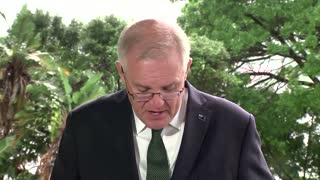 0:38
0:38
Reuters
2 years agoAustralia flags potential cyberattacks after Russia sanctions
5 -
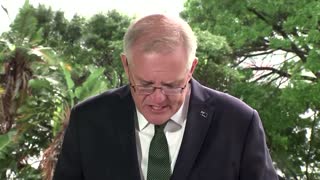 0:38
0:38
Reuters
2 years agoAustralia flags potential cyberattacks after Russia sanctions
16 -
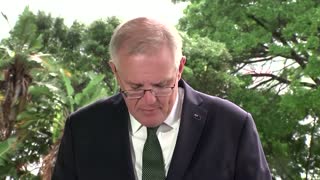 0:38
0:38
Reuters
2 years agoAustralia flags potential cyberattacks after Russia sanctions
5 -
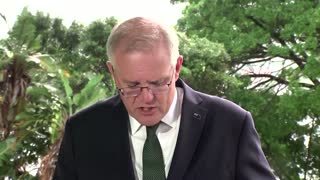 0:38
0:38
Reuters
2 years agoAustralia flags potential cyberattacks after Russia sanctions
3 -
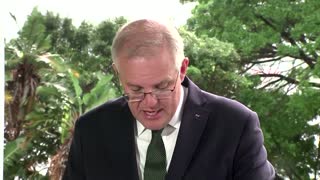 0:38
0:38
Reuters
2 years agoAustralia flags potential cyberattacks after Russia sanctions
30 -
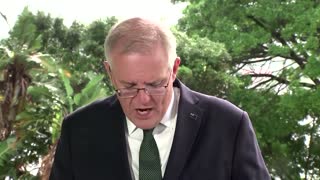 0:38
0:38
Reuters
2 years agoAustralia flags potential cyberattacks after Russia sanctions
3 -
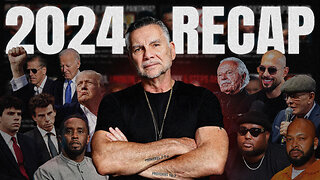 1:19:34
1:19:34
Michael Franzese
7 hours agoWhat 2024 Taught Us About the Future?
92.2K25 -
 1:48:09
1:48:09
The Quartering
8 hours agoBird Flu PANIC, Sam Hyde DESTROYS Elon Musk & Patrick Bet David & Woke Witcher?
103K63 -
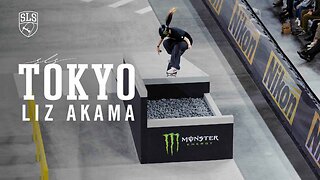 4:47
4:47
SLS - Street League Skateboarding
3 days agoLiz Akama’s 2nd Place Finish at SLS Tokyo 2024 | Best Tricks
38.7K3 -
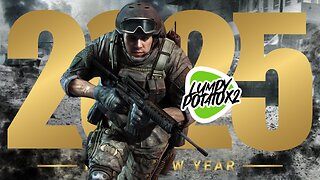 4:06:54
4:06:54
LumpyPotatoX2
6 hours agoHappy New Year Rumble ! - #RumbleGaming
27.5K